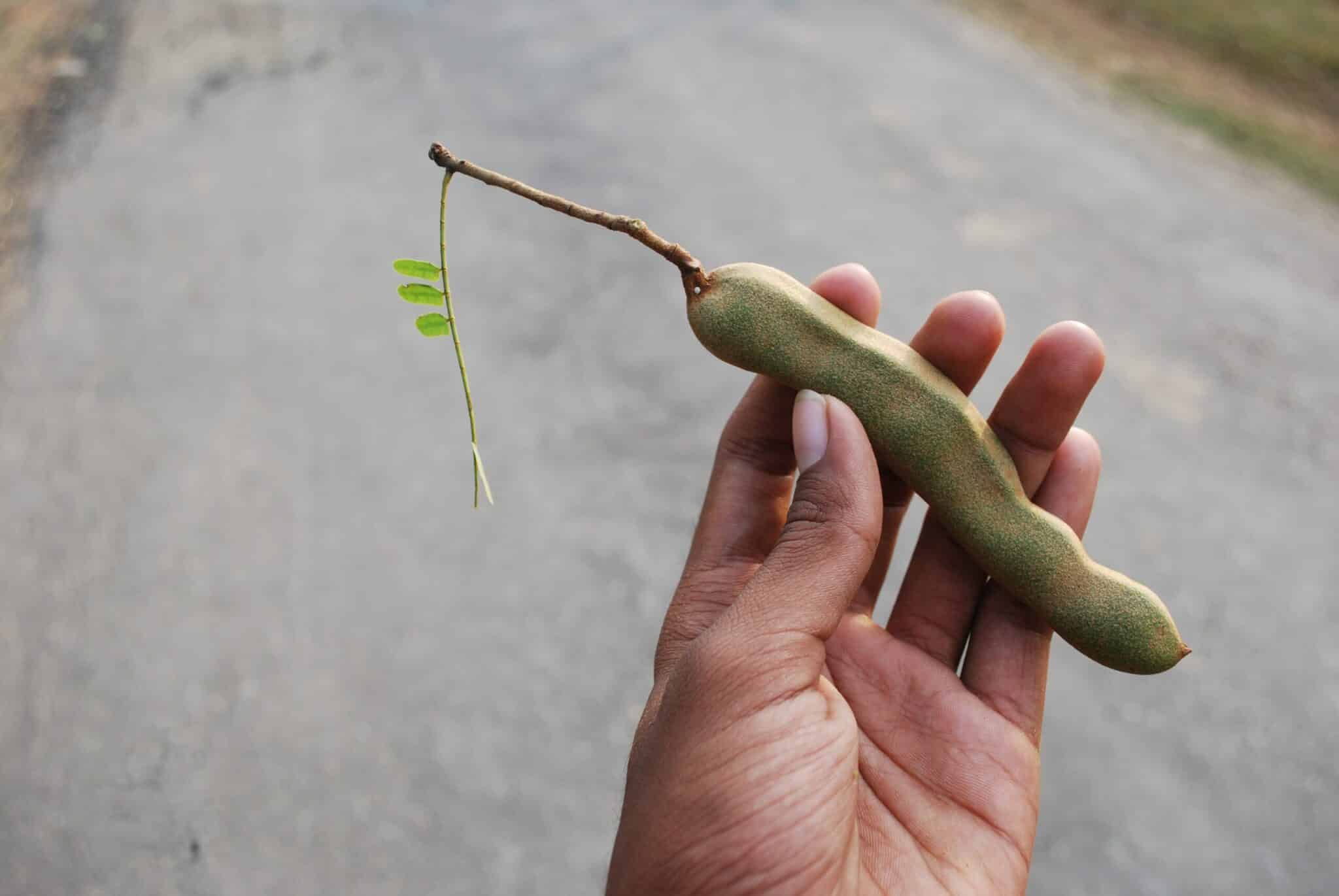Updated on April 9th, 2023
Tamarind paste is one of those exotic ingredients you tend to have in your kitchen, especially if you’re a huge fan of Asian, Indian, or Middle Eastern dishes. And because it’s such an acquired taste, it feels like the end of the world when you find yourself lacking it. Well, not to worry, because you can still replace it with some perfect substitutes, some of which you already have lying around in your kitchen. But first, let’s take a look at what tamarind paste is and what makes it so special.
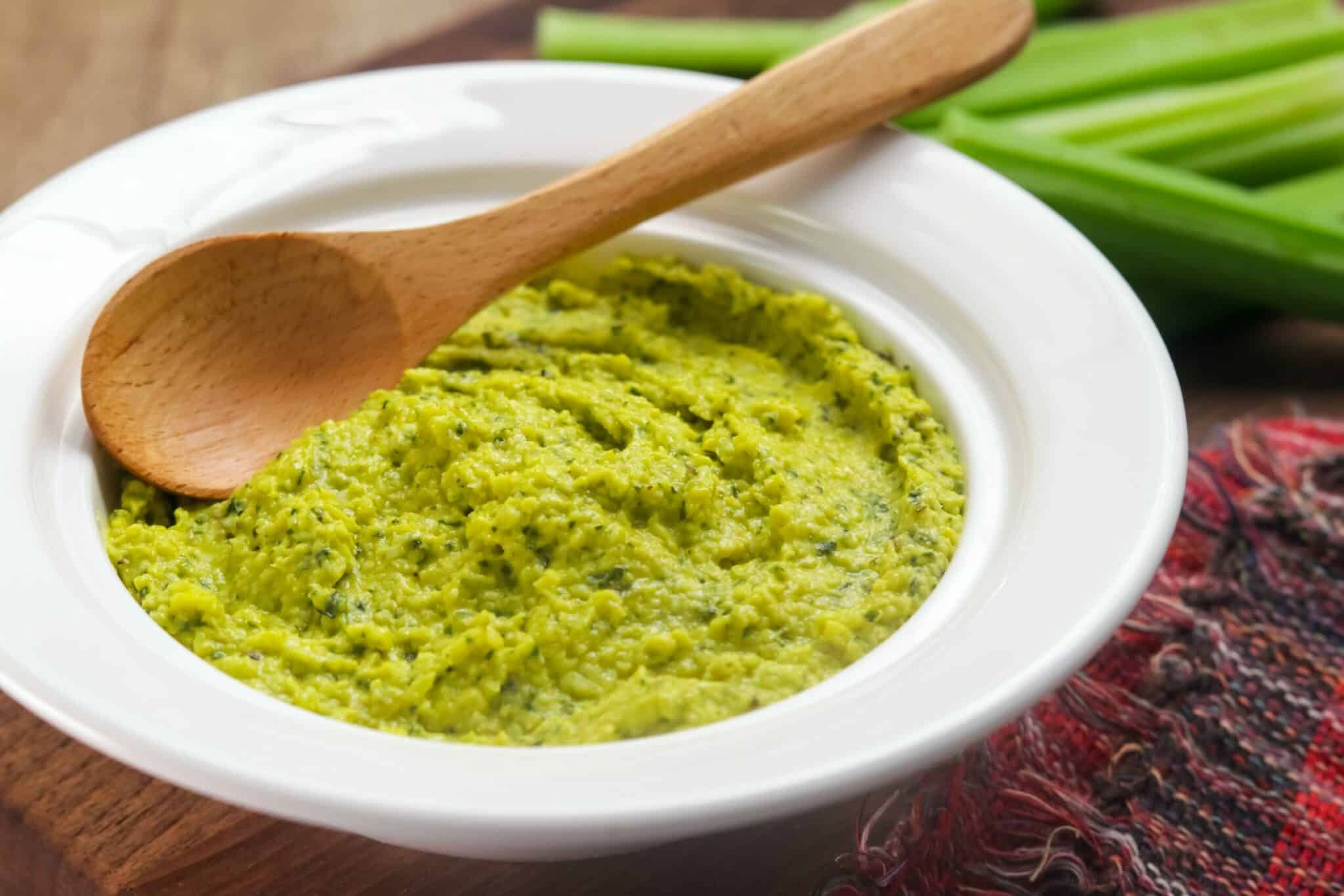
What is Tamarind Paste?
Tamarind paste is derived from the dark, sticky fruits of the tamarind tree. The fruits grow in pods, and the pulp surrounding the seeds is extracted to get the paste. Though the tree itself is native to the regions of Africa, it’s commonly grown today in regions with similar climatic conditions, like Asia and South America. And though it grows into what we call a tree, the tamarind plant is, in reality, a legume belonging to the pod-bearing Fabaceae family.
Tamarind Paste in Recipes
Tamarind paste is a popular ingredient in many exotic dishes and recipes and is a huge inclusion in Asian, Indian and African cuisines. Tamarind paste is also commonly used in Caribbean, Latin, and Mexican dishes as well. Its popularity in these regions is owed to its unique sweet and savory flavor profile, though the sourness is more pronounced. It also has notes of smoke and caramel, with a thick and sticky texture, like molasses. This is further enhanced by hints of citrusy tang present in the paste.
The sweet taste of tamarind paste allows it to add a decent amount of deliciousness to sweet recipes. Its sour undertones also help balance numerous savory dishes and allow it to blend graciously with spicy recipes. Tamarind paste also works for a wide range of food items, thanks to its versatile flavor profile. And it’s a major reason why many people love Worcestershire sauce, as it’s a common ingredient in the mix.
Popular recipes that benefit greatly from the addition of tamarind paste include, but aren’t limited to;
- Beef rendang
- Agua fresca de tamarindo
- Noodles
- Cocktails
- Pad Thai sauce
- Thai curry
- Sauces
- Chicken recipes
- Thai stir fry
- Soups
- Chutneys
- Seafood dishes
- Marinades
- Uncooked dips
- Indian curry
- Desserts and candy
Tamarind Paste Substitutes
Sometimes, you may find yourself out of tamarind paste. Other times, it may be too scarce for you to get, and you need its effects in your recipe. Whichever the case, you can use any of these substitutes below to impress the required effect you wish to get from tamarind paste in your recipe.
Pomegranate Molasses
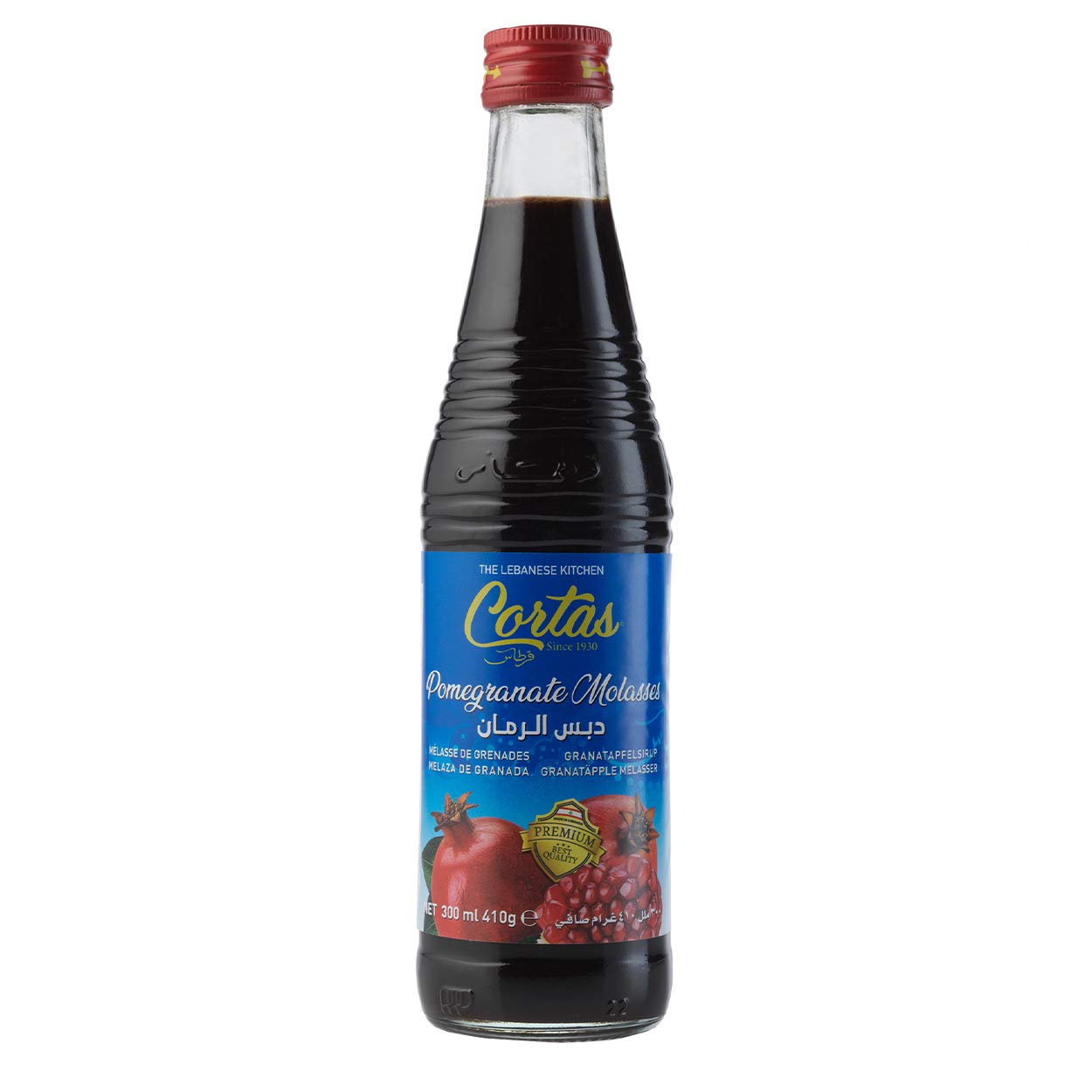
If you happen to have a jar of pomegranate molasses in your kitchen, then your problem is solved instantly. Made from reduced pomegranate juice, this thick, dark syrup is a great substitute for tamarind paste in almost every recipe. Though pomegranate molasses offer slightly different consistency, the taste profiles are very similar, with a complex mixture of sweet and sour combined with an astringent undertone. The color is also similar to that of tamarind paste, and the thickness adds an extra amount of moisture that’s just right for your recipe. Pomegranate molasses can be equally substituted for tamarind paste in all recipes.
Worcestershire Sauce

First, Worcestershire sauce contains tamarind paste, so you’re sure to get a very close flavor profile. Second, it’s also a complex tasting ingredient, with a combination of sweet and sour tastes, so you get a good substitute for tamarind paste. And third, it’s possible you already have a bottle of it in your kitchen, so it’s a great quick-fix option. A dash of Worcestershire sauce will easily replace tamarind paste in your cooking. But the best way to make Worcestershire sauce work is to combine it with a few other ingredients. Mix 3 tablespoons of Worcestershire sauce with 3 freshly squeezed lemon juice, lime juice, apple cider vinegar, 2 of water, 2 of brown sugar, and 1/2 cup of tomato paste in a bowl for a good tamarind paste substitute.
Citrus Juice
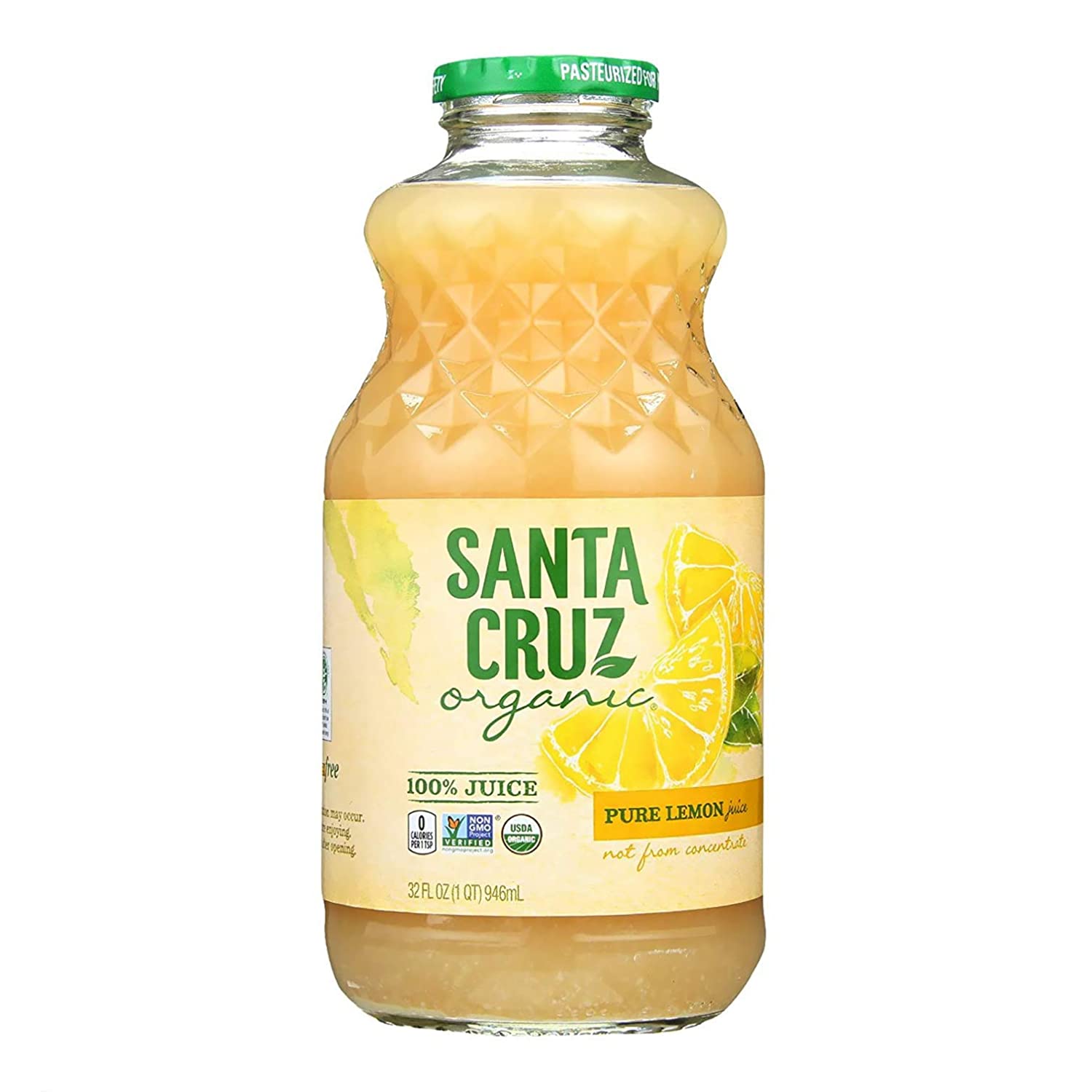
Citrus juice is renowned for adding tart and sourness to recipes due to its acidic nature. And since sourness is the main reason why tamarind paste is added to many recipes, you can easily replace it with any citrus juice of your choice. In equal amounts, lemon or lime juice will easily replace tamarind paste, especially in Indian recipes. And if the recipe requires a bit of sweetness, simply mix equal parts of sugar and citrus juice and use in place of tamarind paste.
Rice Vinegar or White Wine
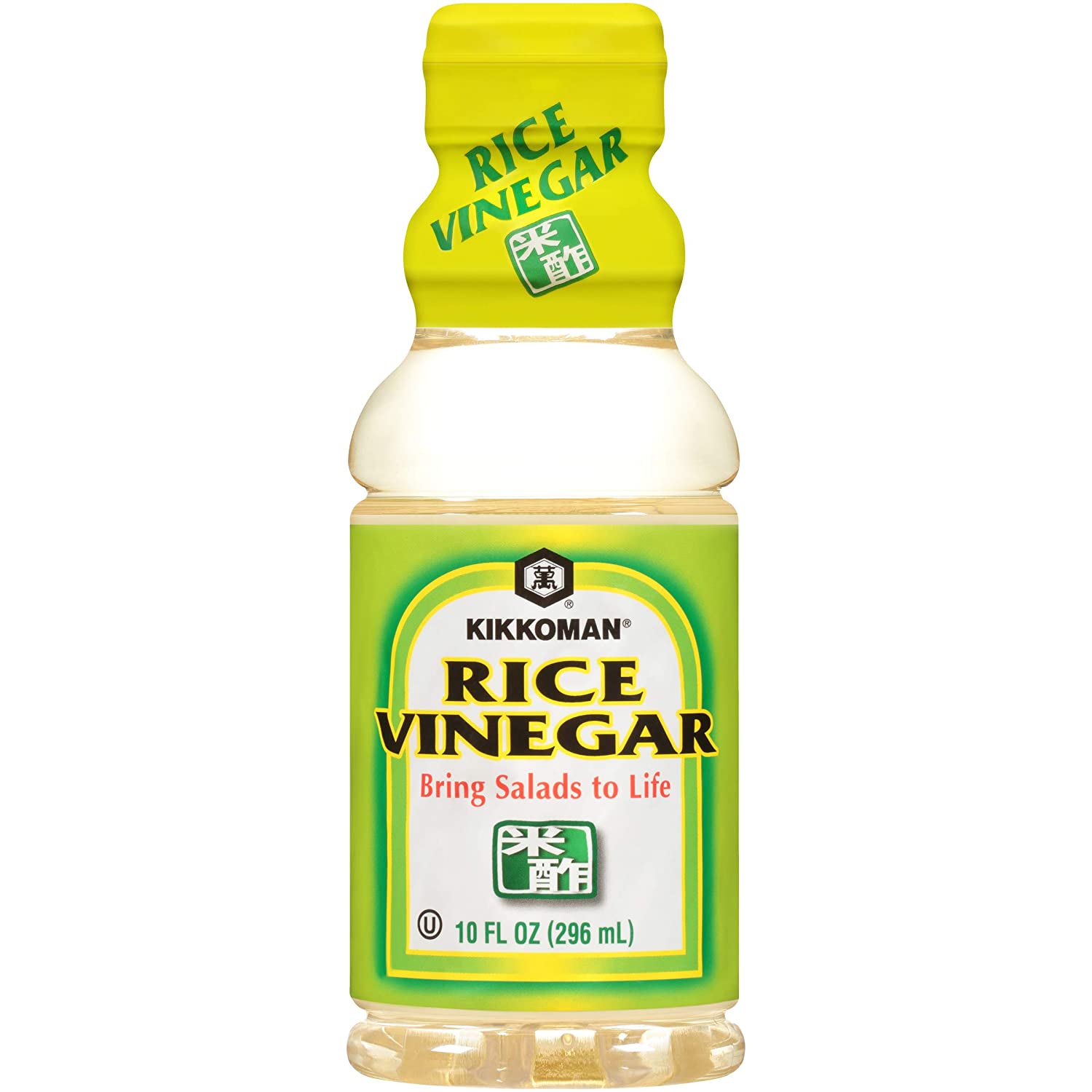
Rice vinegar offers a great dose of sourness to recipes due to its acidic nature, making it an ideal substitute for tamarind paste. White wine also does the same, as it’s almost as acidic as rice vinegar. In most recipes that require the sour effects of tamarind paste, both can work in equal amounts. And if you’re working with a sweet recipe, you can balance the sweet-sour flavor profile by mixing equal parts of rice vinegar or white wine and brown sugar. But be sure to use high-grade rice vinegar or white wine, as these give you a better taste.
Mango Powder
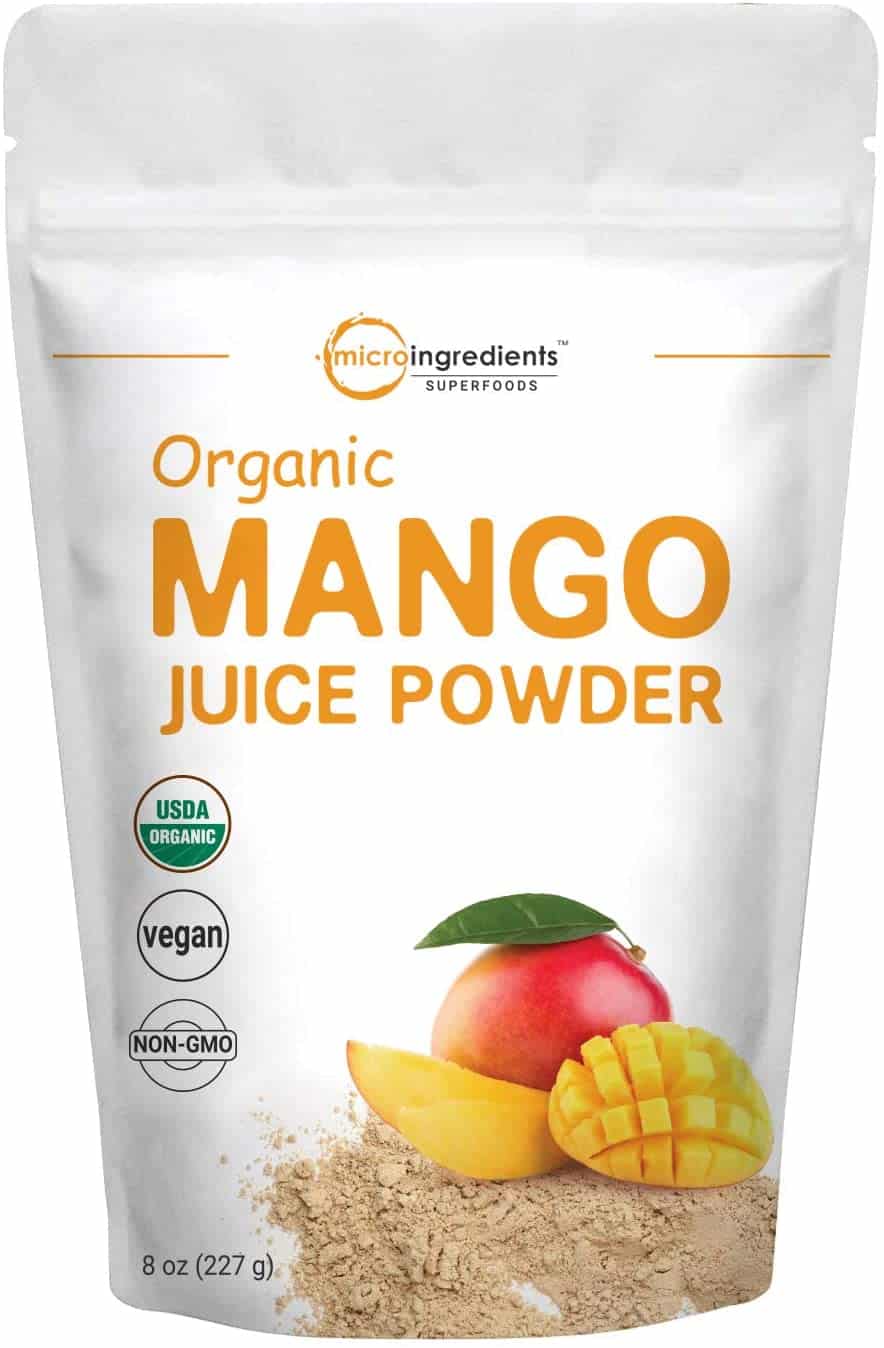
Made from unripe and dried mangoes, mango or amchur powder is a decent substitute for tamarind paste in many recipes. This ingredient is commonly used by cooks in northern India and offers a complex combination of sweet, sour, tangy, and fruity flavors close to that of tamarind paste. Mango powder can be equally substituted for tamarind paste, but you must bear in mind that its dry nature may affect the dish’s consistency. The best way to make it work is to mix the required amount in equal parts of water and make a paste so its texture is closer to tamarind paste.
Frequently Asked Questions (FAQs)
How do you make tamarind paste?
Pour boiling water of tamarind, and submerge completely. Cover with plastic wrap and leave it to sit for about 50 minutes. While the water stays warm, stir the tamarind with a fork until it begins to cool. Then, rub the fruits between your fingers till the seeds are separated from them. Continue until all the seeds are separated. You’ll end up with a thick, pulpy paste.
Does tamarind paste go bad?
If not stored properly, yes. When stored in moisture-proof containers, tamarind paste can last for up to 3 months in the fridge. Such conditions include airtight containers and resealable plastic bags.
Can I use tamarind power instead of paste?
Yes, you can. For each tablespoon of tamarind paste, you can substitute with a mixture of a teaspoon of tamarind powder with water. If this isn’t enough for you, adjust till you achieve the desired effect.
Conclusion
Because it’s so flexible and exotic, many fear it’s impossible to find great alternatives for tamarind paste. But with any of these listed substitutes and a little open mind, you can still create exciting flavor profiles that match what you expect of the first choice ingredient in all your recipes.
